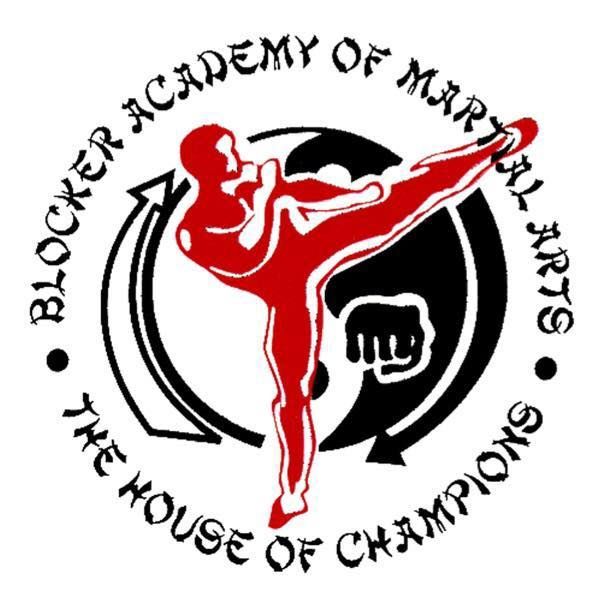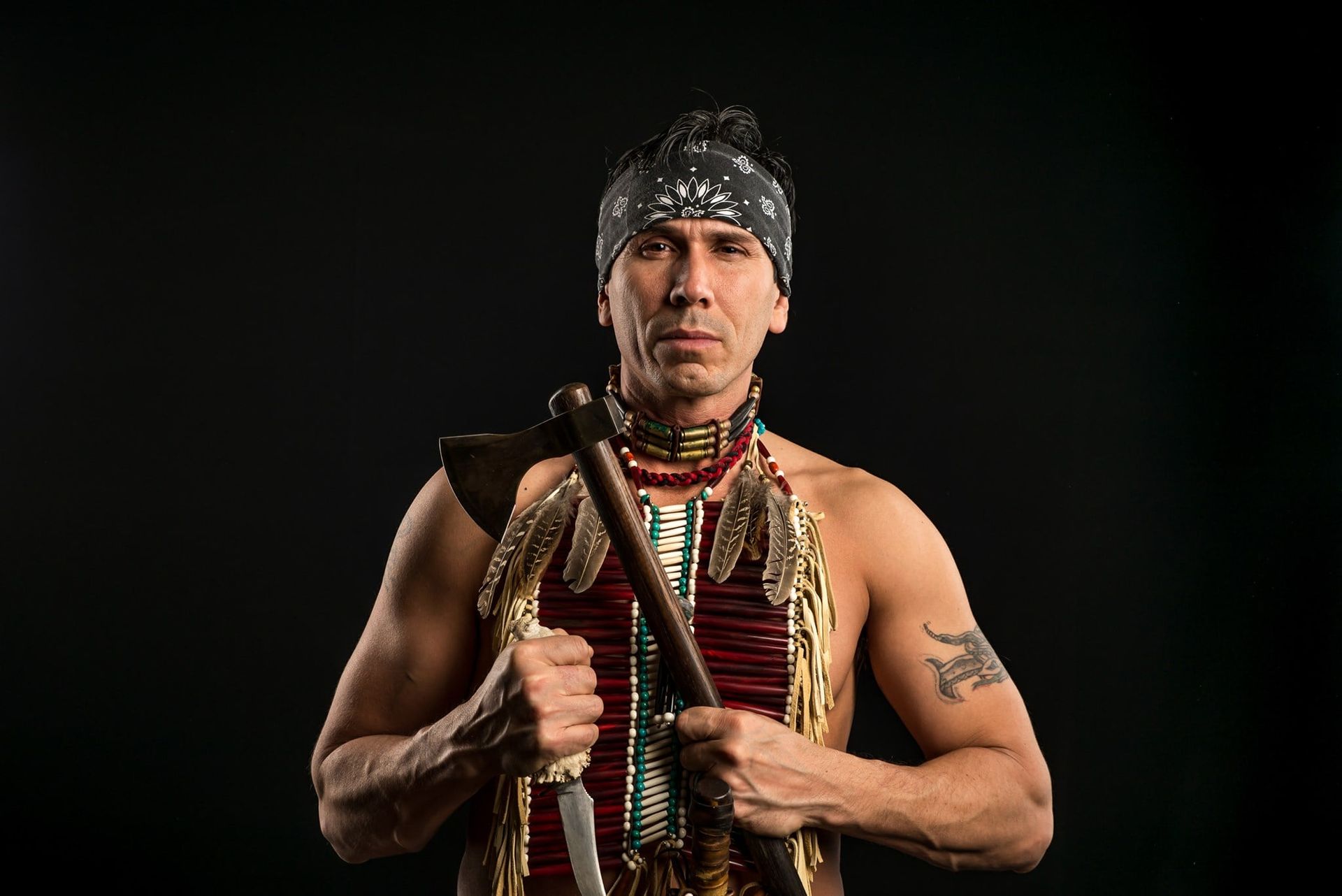However, after the invention of the printing press, more factual documented history highlights a few of the larger criminal organizations (that weren’t the US government), that formed in the 1800s.
One group called themselves the Forty Thieves, believed to have named themselves after Ali Baba and the Forty Thieves. They were a group of thieves and murderers out of New York, which was formed around 1825 by Edward Colman.
A female group also formed calling themselves, The Forty Elephants. The Forty Thieves also recruited juveniles and called their criminal youth group, The Little Forty Thieves. Around this time, other gangs were formed.
Ted Roach was the founder of a gang called the Roach Guard. The Roach Guard originally was formed to protect liquor establishments in the 1820’s, but soon engaged in illegal activities. At one point they were the largest Irish gang in New York with over one hundred members. They were involved in pickpocketing, robbery, and murder. They often fought with their rival, The Bowery Boys.
The Bowery Boys were native born, anti-immigrant New Yorkers and were named after an area they controlled within an area called the 5-Point. Later, members of the Roach Guard formed their own gang named, Dead Rabbits. The Dead Rabbits gang would march around their territories carrying a dead rabbit on a pole.
William “Bill the Butcher” Poole was the leader of the Washington Street Gang, another rival anti-immigrant gang. Later, the Washington Street Gang merged with the Bowery Boys. Red shirts and stovetop hats were worn by its members. Another gang emerged called the Short Tails. They walked around with their shirts untucked.
Next came a gang called the Whyos. The Whyos were known for their gang-call that sounded like an owl screech that would identify its members.
In July 1857, the Dead Rabbits and the Bowery Boys along with allied gangs from both sides fought in the streets for two days, making it one of the largest and bloodiest city-wide gang-wars to date. There were 800 to 1,000 gang members participating in this war, while looting and damaging property citywide. It took two New York militia regiments and two Police detachments (150 officers) to control the scene.
The law enforcement and militia members clubbed and beat gang members and rioters. Eight people were killed, and 30-100 others were seriously injured. This number is only based on reported injuries and deaths; however, the number was much higher, as many gangs did not report any injuries or deaths, and simply buried their dead.
It is believed that many gang members died from their injuries shortly after this war, which were never reported.
The Dead Rabbits also participated in the “1863 Draft Riots” as many opposed the forcing of men to fight for the Union military.
By the 1870s and 1880s, the Italian American gang begin taking over, calling themselves, The 5-Point Gang. The 5-Point Gang founder was Paul Kelly. The gang was named after the area called 5-Point, which was a 19th-century neighborhood in Lower Manhattan, New York City.
This area was partly built on low-lying land which contained a freshwater lake called Collect Pond. Over the years, Collect Pond became polluted from chemical dumping from factories and city sewers. The 5-Point consisted of Centre Street to the west, the Bowery to the east, Canal Street to the north and Park Row to the south.
This area was densely populated, disease-ridden, and a crime-infested slum that existed for over seven decades. This area was also notorious for illegal gambling, brothel (bordello, ranch, whorehouse, body rub parlor), fights, and underground bars. Many gangs consisted of legal and illegal immigrants.
Many formed gangs or affiliated with existing gangs for protection from corrupt government and other gangs. Gangs were viewed by some to improve their livelihood and be part of a community needed for survival. 5-Point Gang members were known for their brutality.






